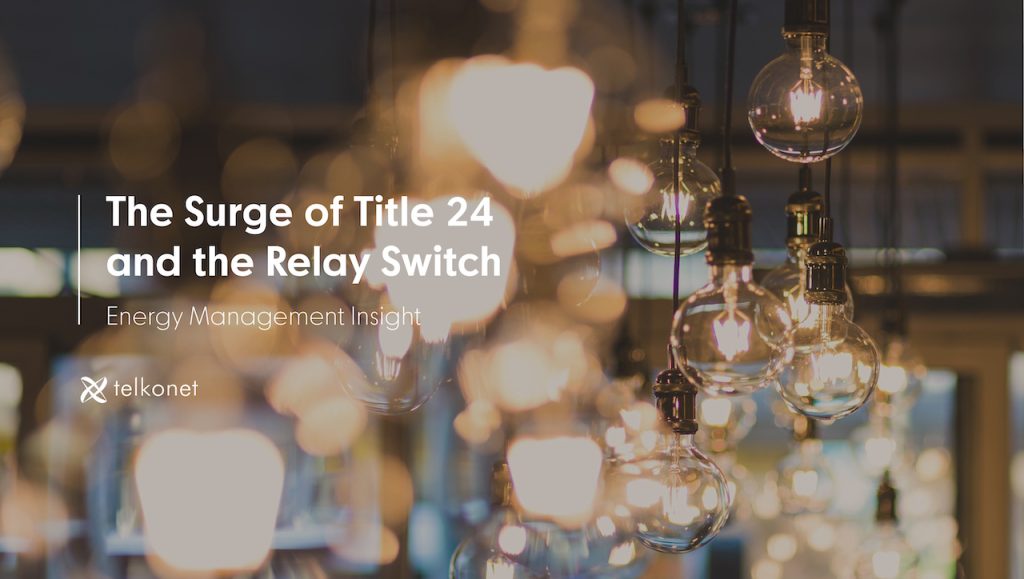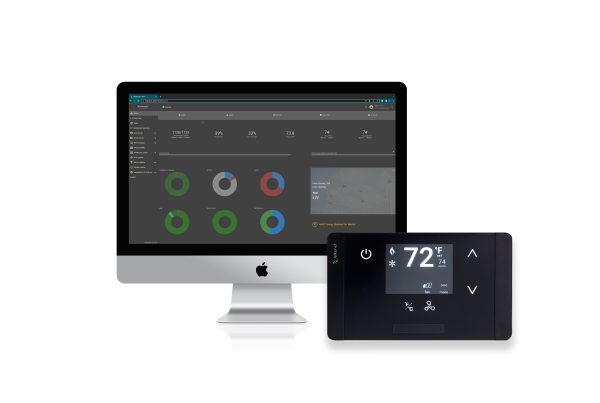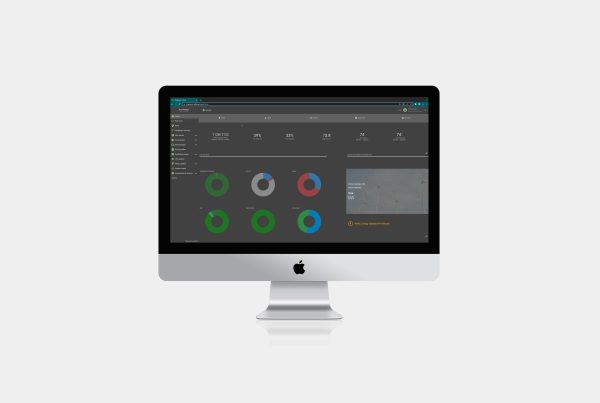 California’s Title 24 has launched a trend of lighting automation and control. It extends well beyond California’s borders. Its momentum continues in states across the US. Title 24 concepts are a regular part of energy efficiency conversations in other states, where it is used as a barometer. They look to California’s program, examining the results over time and holding parts of it up as the gold standard.
California’s Title 24 has launched a trend of lighting automation and control. It extends well beyond California’s borders. Its momentum continues in states across the US. Title 24 concepts are a regular part of energy efficiency conversations in other states, where it is used as a barometer. They look to California’s program, examining the results over time and holding parts of it up as the gold standard.
The energy market is experiencing a surge in creative solutions to Title 24 requirements. Necessity is indeed the mother of invention.
Thanks to the IoT (Internet of Things), integrations are changing the approach to energy management: smart thermostats, smart light switches, occupancy sensors, energy management platforms and even building management systems and property management systems.
In fact, California’s Building Energy Efficiency Standards exceed the energy savings expected from the commercial building requirements of ASHRAE/IESNA Standard 90.12013.
Some of the greatest impacts on the implementation of Title 24 lighting requirements have been through creative industry-driven solutions. Here’s one solution we see regularly: utilize a smart light switch as the first switch (or “relay”) in the lighting and plug load circuit. When the smart thermostat occupancy sensor detects the room is unoccupied, it wirelessly controls the switch to deactivate the circuit.
In such applications, it installs and looks just like a conventional wall switch, but without the need for additional control wiring costs or expensive NEMA control boxes, while performing up to 15 Amps of 120 VAC lighting and plug load control.
Title 24 is relevant to all of us.
It has iterated into something well beyond its original scope in the state of California. It’s now considered the gold standard of U.S. energy efficiency.


